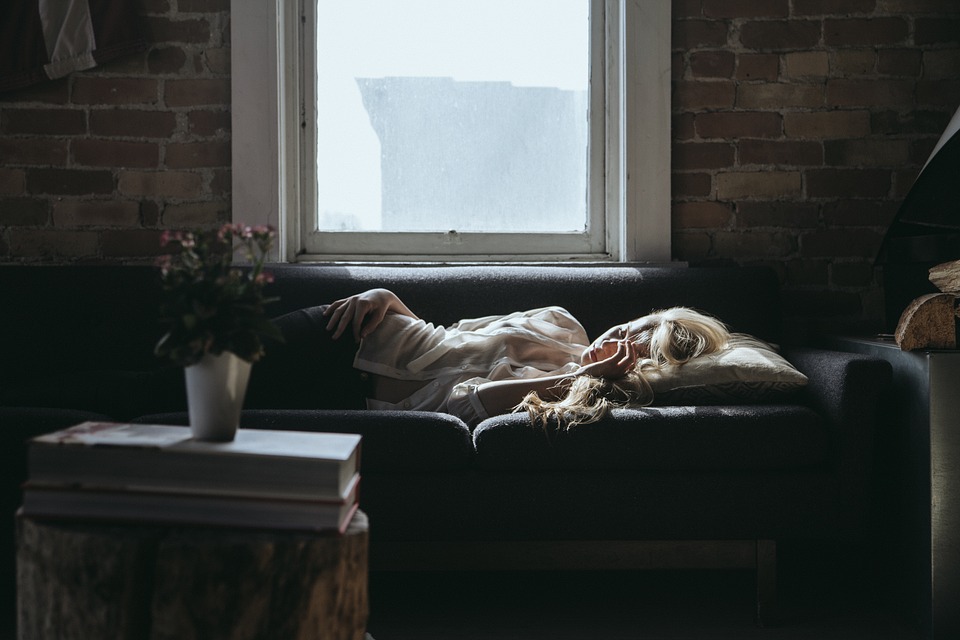Learning Capabilities during Sleep Have Intrinsic Limitations
Sleep Related Was this post helpful? Let us know if you liked the post. That’s the only way we can improve. Yes 0 No 0
Sleep Related Was this post helpful? Let us know if you liked the post. That’s the only way we can improve. Yes 0 No 0
At the ULB Neuroscience Institute, lead scientist Philippe Peigneux and his crew unwrapped an amazing secret about our sleeping brains. They’re not soaking everything up like sponges when we’re in the land of nod, particularly during deep slow wave sleep. Through a super-cool technique called magnetoencephalography, they found out that yeah, our brains can pick up noises while we’re out cold, but arranging those sounds in a neat row? Forget about it. It turns out, our noggins can snag bits here and there, but stitching all that together to learn something cool while we’re snoozing? That’s asking for a miracle. So, if you’ve ever dreamed of speaking Spanish fluently or becoming a physics whiz as you sleep, you might need to dream up a new plan. Jump in to learn why snooze time isn’t the golden hour for boosting your brain smarts.
In the 1960s, the ability to learn while sleep, also known as hypnopedia, was very popular. Hypnopedia was also further popularized by a dystopian novel dystopia Brave New World by Aldous Huxley. In this novel, individuals were conditioned to their future tasks during sleep. However, a few years later, this idea was abandoned due to lack of scientific evidence that support in-sleep capabilities.
New studies have shown that during sleep, acquisitions of elementary associations are possible both in humans and animals. These associations are actually stimulus-reflex responses. However, research has shown that in-sleep learning capabilities are minimal, especially for more sophisticated forms of learning.

On August 6, the journal Scientific Reports has published a sleep study that shows that our brain will continue to perceive sounds the same way as in the state of wakefulness; however, the ability to group these sounds in a sequence completely disappears during sleep, and it’s possible only in a wakeful state.
Researchers Philippe Peigneux, a professor at the Faculty of Psychological Science and Education at Université Libre de Bruxelles, and Juliane Farthouat, a scientist at the National Fund for Scientific Research, used magnetoencephalography to record cerebral activity during sleep while mirroring the statistical learning of series of sounds. MEG recording was conducted during slow wave sleep and wakefulness. Researchers have decided to record slow wave sleep because this is a part of sleep during which brain activity is highly synchronized.
Participants of the study were exposed to different sounds, either randomly organized or structured in such a way that the auditory stream could be grouped into sets of 3 elements. During sleep, MEG results have shown that the brain detected only isolated sounds, and completely ignored statistical clustering or the possibility to organize the sounds into sets of 3 elements. During wakefulness, MEG results show that all participants responded to the grouping of sounds into sets of 3 elements. From the results, we can conclude that our in-sleep learning capabilities are limited to simple and elementary associations.
Co-founder of Counting Sheep and Sleepaholic